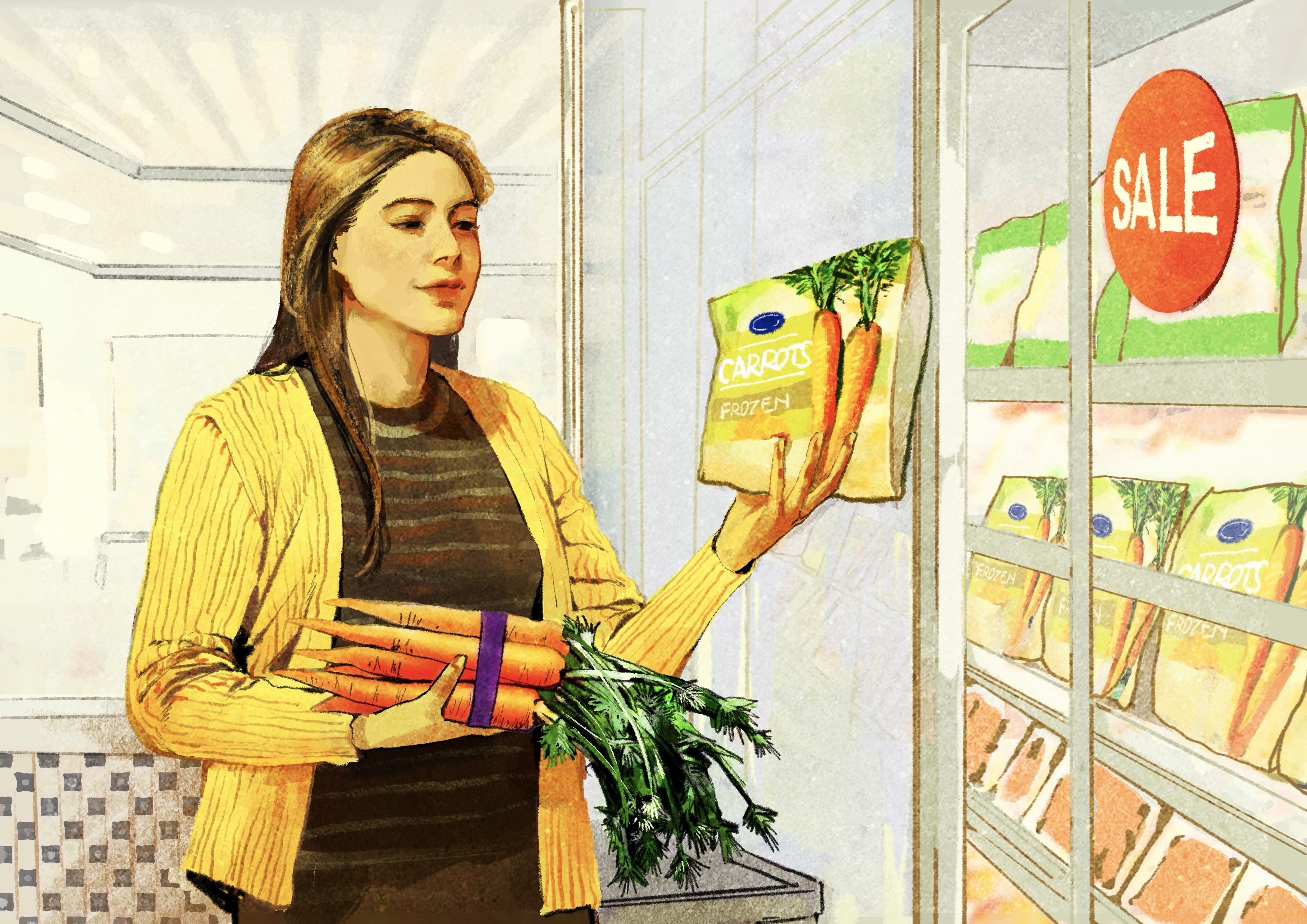As food prices have soared, it may feel harder than ever to maintain a healthy diet.
According to the USDA, prices for food at home rose 11.4 percent in 2022 and 5 percent in 2023, and are expected to increase another 1.6 percent in 2024. On top of that, 46 percent of Americans think that healthy food is more expensive than unhealthy food, according to a 2023 survey from the Cleveland Clinic.










